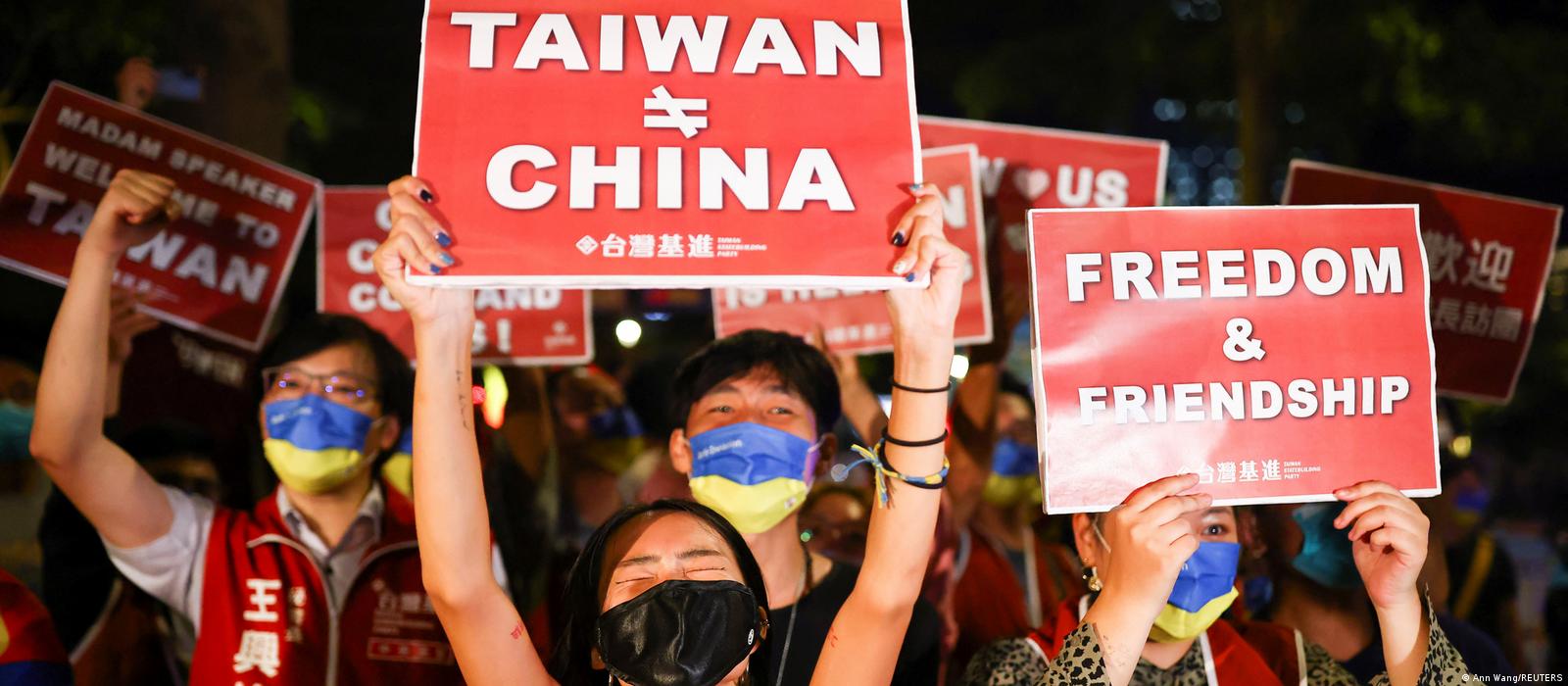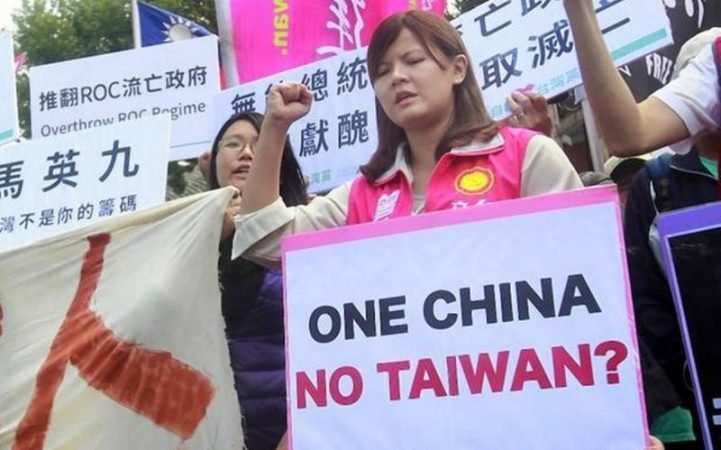In The Midst Of Taiwan Drills, The US Navy Challenges Beijing In The South China Sea.
Although the US does not recognise Taiwan as a country, the United States supports their efforts to restrain Beijing's growing use of military force and diplomatic pressure.

A US Navy ship travelled through South China Sea waters claimed by Beijing in a show of force as the country’s military conducted drills surrounding Taiwan. The USS Milius guided-missile destroyer conducted “freedom of navigation” operations in the South China Sea near the Spratly Islands on Monday, according to a statement from the US Seventh Fleet. The ship approached Mischief Reef, China’s largest base on manmade islands in the South China Sea and the closest to Filipino territory.
These acts demonstrate that the superpower country US will keep its courage high to fly, sail, and conduct business wherever applicable international law allows, regardless of the location of unreasonable maritime claims or current affairs. The move risks inflaming relations with China, which has condemned past operations as a violation of its sovereignty and security. This week, the United States will begin annual military exercises with the Philippines, which are expected to be greater than in recent years as ties between long-time allies strengthen.
The country’s Southern Theater Command said that China’s military had monitored and tracked a US warship during its trip without the approval of the Beijing government.
Beijing claims more than 80% of the South China Sea, which is also claimed by the Philippines, Taiwan, Malaysia, Indonesia, Vietnam, and Brunei. The United States refuses to accept China’s claims and repeatedly conducts “freedom of navigation” operations to oppose them.

The visit of Taiwan’s president.
Meanwhile, China has conducted a series of drills involving planes and ships near Taiwan this week, after the return of the island’s president, Tsai Ing-wen, from a visit to the United States that included discussions with House Speaker Kevin McCarthy and other US politicians. Tsai had returned from a 10-day trip to Central American allies Belize and Guatemala. The trip included two layovers, one in New York and one in Los Angeles, on the way in and out.
The Defense Ministry of Taiwan mentioned that at the weekend, it had identified 70 aircraft from China’s People’s Liberation Army and 11 warships near Taiwan, with 35 of the planes crossing the Taiwan Strait and entering the island’s air defence identification zone.
Beijing has promised to retaliate to any engagement between Tsai and McCarthy, describing the event as a provocation that jeopardizes China’s sovereignty and territorial integrity.” The recent drills emerge to be on a lower scale than those performed by China during then-US House Speaker Nancy Pelosi’s visit to Taiwan last year, and they do not entail any imposition of exclusive zones in its skies and seas.
Earlier, White House national security spokesman John Kirby warned China not to use a “routine” visit as a reason to increase its hostility against Taiwan. They are aware that US-China ties are tight at the time, but Kirby has requested Beijing to keep discussion lines open. Kirby said the White House is still attempting to reschedule Secretary of State Antony Blinken’s trip to Beijing, which was delayed in February after a US fighter jet shot down a dragon spy balloon which is suspected of hovering over their lands.
Just before she left, Tsai said that her country would not be prevented from joining the rest of the world by outside pressure. She predicted that Taiwan’s determination to become worldwide would only grow stronger. They are non-provoking, assured, collected, and calm.

The conflict between Taiwan and China.
A Chinese internal decree that affirms the government’s claim over Taiwan is defined as the “one-China doctrine.” Under the pretence of “reunification,” China made statements that it would attempt to annex Taiwan. The majority of Taiwanese citizens and the democratically elected government oppose Chinese dominance.
The powerful US is lending a helping hand.
Although the US does not recognise Taiwan as a country, the United States supports their efforts to restrain Beijing’s growing use of military force and diplomatic pressure. The US government characterised Tsai’s visit, her sixth since taking office in 2016, as “normal” and urged Beijing not to use it as justification for unfriendly conduct.
Disclosure.
Taiwan is China’s most difficult territorial issue, and Washington, which, like other countries, only has informal relations with Taipei, is very concerned about it. Yet, U.S. legislation simplifies unlawful stopover visits and obliges the government to equip the island with the means to defend their lands from the dragon.

Tsai’s visit coincides with what some analysts perceive to be the worst juncture in US-China ties since Washington normalised relations with Beijing in 1979 and switched its diplomatic recognition from Taipei. Notwithstanding China’s intensified diplomatic, military, and economic pressure on Taiwan, a senior US administration official claimed that Washington would not alter its “long-standing practise” of allowing transits via the US.



